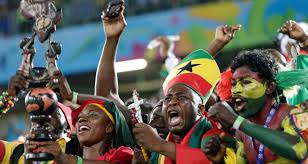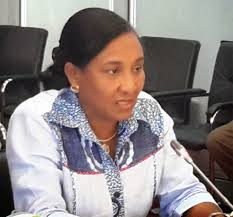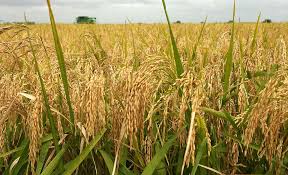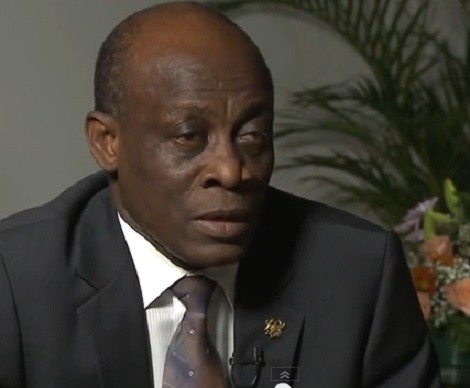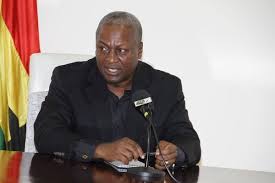 Ghana’s debt profile reached GH¢58.4 billion, from GH¢52.1 billion at the end of March 2014. Between March and June this year alone, a total of GH¢6.3 billion was borrowed by the Mahama government.
Ghana’s debt profile reached GH¢58.4 billion, from GH¢52.1 billion at the end of March 2014. Between March and June this year alone, a total of GH¢6.3 billion was borrowed by the Mahama government.
The current National Democratic Congress (NDC) administration inherited a GH¢9 billion debt from former President J A Kufuor’s New Patriotic Party (NPP) government in 2009; but the NDC government has pushed it to almost GH¢60 billion – making debt serving alone take a substantial share of the country’s revenue.
The latest figure represents 55.4 percent of Gross Domestic Product (GDP), according to Dr. Kofi Wampah, governor of the Bank of Ghana.
According to an economic expert, “This means that Ghana is not far from being declared bankrupt, looking at the rising debt profile against GDP ratio.”
The domestic debt component is GH¢27.8 billion, representing 47.5 percent of the overall total.
However, in the face of the escalating debt stock, the Mahama administration is still borrowing more at the expense of the ailing economy, thereby earning the President the nickname ‘Nana Boro.’
Missing Targets
Dr. Wampah told journalists in Accra that government had been missing its revenue targets in recent times, explaining that total tax revenue amounted to GH¢7.1 billion – lower than the estimated GH¢7.3 billion for the second quarter of the year.
“Total revenue and grants for the review period was GH¢9 billion (8.5 percent of GDP), below the target of GH¢9.5 billion (9 percent of GDP),” he said.
Dr. Wampah indicated that the underperformance of government revenues during the first five months of the year was partly attributed to low import volumes, decline in international gold prices and production, which affected mining sector corporate taxes and mineral royalties. He also mentioned the general slowdown in economic activities as another factor.
DAILY GUIDE learnt that high taxes and levies at the port, coupled with rising inflation and the falling cedi had contributed to low revenues to the revenue agencies, particularly Customs.
He said Gross International Reserves (GIR) at the end of June 2014 was $4.5 billion, corresponding to 2.5 months of import cover, compared to $5.6 billion at the end of December 2013.
This development, the Governor of the Bank of Ghana said partly reflected the seasonality in foreign exchange flows during the year.
